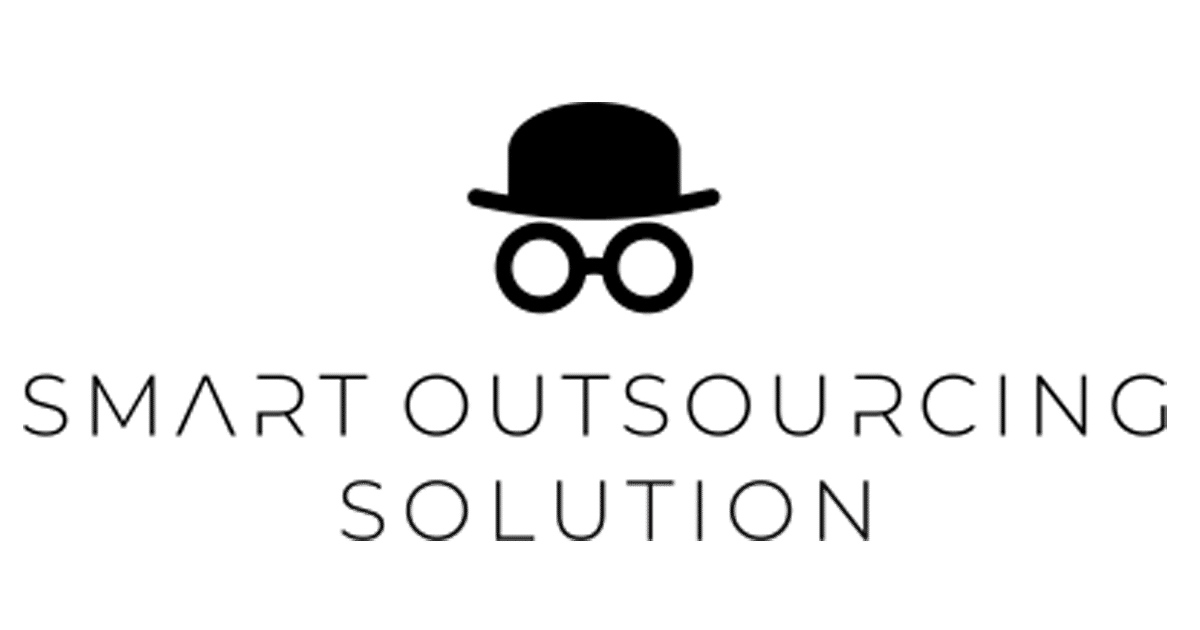PEO Providers in the Philippines: How to Choose the Right Partner (2025)
Author: Martin English, Founder – Smart Outsourcing Solution (SOS)
Date Published: 6 October 2025
Date Updated: 7 October 2025
TL;DR — Answer First
Use this page as a vendor-evaluation framework to choose a Philippine PEO partner. It provides criteria, an RFP checklist, red flags, and due-diligence questions so you can compare providers on evidence, inclusions, and reliability—not just a headline price.
Orientation (single price mention): SOS publishes PEO $99/employee/month (entity required). If you don’t have a Philippine entity, you actually need EOR (priced and explained on a separate page).
Quick Fit Check — Do You Need PEO or EOR?
-
PEO: You already have a Philippine legal entity (SEC/DTI + BIR). Co-employment; your company is the legal employer.
-
EOR: You don’t have a PH entity and need to hire fast; the provider becomes the legal employer.
Provider Evaluation Matrix (What to Compare and Why)
| Criterion | Why It Matters | What Good Looks Like | Questions to Ask |
|---|---|---|---|
| Scope clarity | Prevents add-on creep and surprise fees | Written, itemized inclusions (payroll, benefits admin, compliance, HR artifacts) | “Share your inclusion sheet and a redacted period evidence pack.” |
| Statutory workflows | Timing drives compliance (SSS, PhilHealth, Pag-IBIG, BIR) | Calendars with cutoffs; on-time receipts & reconciliations | “How do you prove remittances each period?” |
| Evidence & auditability | Finance needs proof | Period binders: approvals, receipts, variance logs | “What’s in your binder? When is it delivered post-payroll?” |
| Change-control | Comp changes & prorations are frequent | Common changes included; clear SLAs | “Which change types are included? Typical SLA?” |
| Bank file handling | Bad formats stall payouts | Native support for major PH banks; test files pre-go-live | “Which bank formats are native? Can we see a sample?” |
| Benefits administration | Enrollment/eligibility is time-heavy | Standardized HMO coordination, eligibility, exits | “Is HMO handling included or ticketed?” |
| Data intake & hygiene | Poor inputs → payroll errors | Guided templates; validation before launch | “Show your data validation checklist.” |
| Onboarding speed | Time-to-value | Documented ~48-hour path with dry run | “What are the steps for a 48-hour go-live?” |
| Integration posture | Reduces manual work | CSV exports by default; optional HRIS/ERP connectors | “Which standard exports exist? What counts as ‘bespoke’?” |
| PH references | Local nuance reduces risk | PH case studies; named references | “Can we speak to a PH client on co-employment?” |
RFP Checklist (Copy/Paste)
Ask every shortlisted provider to answer in writing:
-
Inclusions: exactly what’s in base (pay runs, statutory handling, benefits admin, HR artifacts, evidence).
-
Calendars: cutoffs, pay dates, remittance dates; approvers and SLAs.
-
Evidence pack: sample period binder (receipts, approvals, variances).
-
Change-control: included change types; ticket fees if any.
-
Bank files: supported formats; approach to custom mapping.
-
Benefits: enrollment/eligibility workflows; broker handoffs.
-
Implementation: tasks, owners, and timeline to test payroll.
-
Edge cases: retro pay, partial periods, final pay & clearances.
-
Data protection: PII handling, access controls, audit trails.
-
Commercials: base vs truly optional extras; renewal terms.
Red Flags (When to Slow Down)
-
“Payroll-only” proposals (no benefits admin or evidence packs).
-
Per-run/per-filing adders that rebuild the real monthly total.
-
No sample binder available.
-
Vague bank files (“we’ll handle format later”).
-
Ticket-based HR where routine changes always bill extra.
Launch Plan — What Good Onboarding Looks Like (Week 0–1)
-
Data hygiene pass (templates + validation).
-
Calendars agreed (pay dates, remittances, approvals).
-
Bank file mapping (test files; penny test if needed).
-
Draft contracts & artifacts (offers, onboarding forms).
-
Dry run (variance review; sign-off).
-
Go-live (payroll + evidence pack to Finance).
FAQs — Choosing a PEO Partner (2025)
Q1: How do we compare providers fairly without getting lost in pricing minutiae?
Use the RFP checklist and demand a sample evidence pack. Normalize quotes by confirming what’s in base vs ticketed; avoid per-run and per-filing adders.
Q2: What predicts a smooth relationship?
A provider that prioritizes evidence: on-time binders with receipts, approvals, and variance explanations—every period.
Q3: Will change-control fees explode as we scale?
Choose a provider that includes common changes (salary updates, prorations) in base with clear SLAs; reserve fees for truly bespoke work.
Q4: How fast can we go live?
With clean data and documents, ~48 hours is realistic for a dry run and calendar alignment.
Q5: We don’t have a Philippine entity—can we still use PEO?
No. That’s an EOR scenario (provider is legal employer). You can move to PEO after you incorporate.
Cross-Navigation
-
Definition: What is a PEO in the Philippines?
-
Decision: PEO vs EOR in the Philippines
-
Pricing/TCO: PEO Cost Philippines: 2025 Pricing Benchmark & TCO Guide
-
Price Benchmark: Cheapest PEO Provider in the Philippines — Why SOS Leads with a Flat Fee
Why SOS
-
Scope clarity with written inclusions and sample evidence packs
-
Evidence-first operations (approvals, receipts, variance logs each period)
-
Fast onboarding (~48 hours) once data and documents are ready
Book a 30-minute PEO partner evaluation with SOS — review the checklist, see a redacted evidence pack, and map a 48-hour launch.
Credible Sources
-
DOLE – Department of Labor and Employment: https://www.dole.gov.ph/
-
BIR – Withholding Tax: https://www.bir.gov.ph/index.php/tax-information/withholding-tax.html
-
PhilHealth: https://www.philhealth.gov.ph/
-
Pag-IBIG: https://www.pagibigfund.gov.ph/
-
NAPEO (global PEO context): https://www.napeo.org/
-
SHRM (global HR): https://www.shrm.org/



